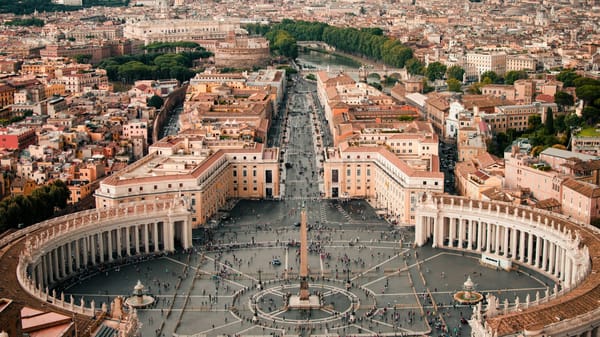Europe’s Heatwave Forces Eiffel Tower Top Floor Closure to Protect Visitors
Europe’s intense heatwave led to the closure of the Eiffel Tower’s top floor for several days, as Paris temperatures soared above 104°F. Visitors faced refunds and hydration efforts amid widespread climate impacts across the continent.

Paris’s iconic Eiffel Tower felt the scorch of Europe’s relentless heatwave last week, leading officials to close its top floor from Monday, June 30 through Wednesday to protect visitors from soaring temperatures. At nearly 1,000 feet above the city, the summit was deemed too hot for tourists, who risked turning into “rotisserie chickens” under the unrelenting sun.
The closure came amid blistering heat that saw temperatures spike above 104°F (40°C) in Paris, prompting automatic refunds for ticket holders and the installation of public fountains to help visitors stay hydrated. While the first and second floors remained open, the top offered no respite.
Across France and much of Europe, the heatwave brought havoc: nearly 1,350 schools shuttered, wildfires raging in Mediterranean countries, and the Mediterranean Sea itself reaching unusually warm temperatures, threatening marine ecosystems. Portugal recorded a staggering 116°F, and Spain broke its own heat records, while Italy battled extremes from flooding to fire alerts.
For travelers and locals alike, the heatwave was a reminder to reconsider outdoor plans, especially at elevated landmarks. Parisian officials urged visitors to admire the Eiffel Tower from below—preferably with iced coffee in hand—until cooler days return.
As the summit reopened after Wednesday, questions linger on how climate change will continue to challenge the world’s heritage sites and the experience of millions who seek to visit them.
ART Walkway News





